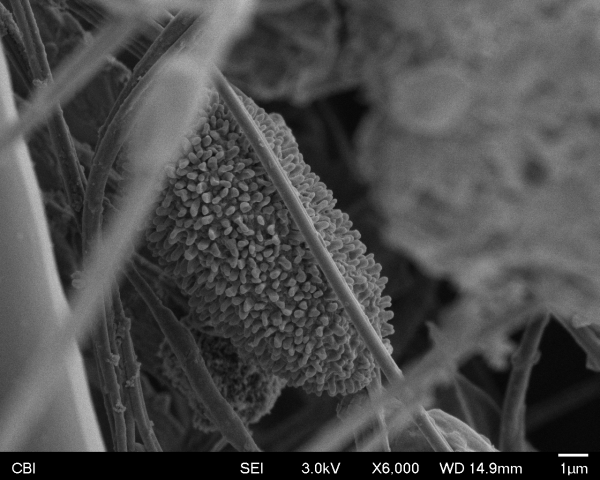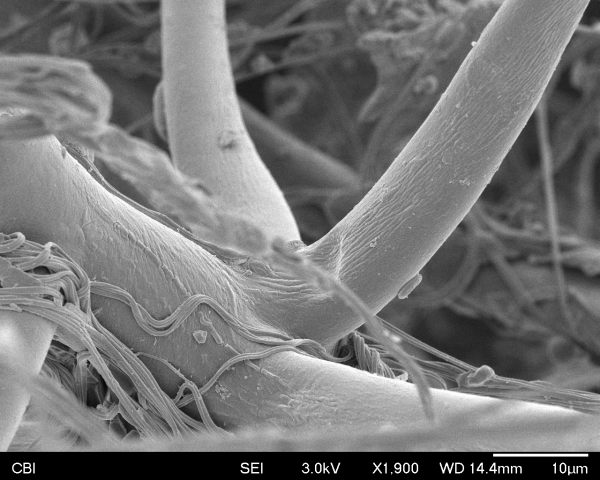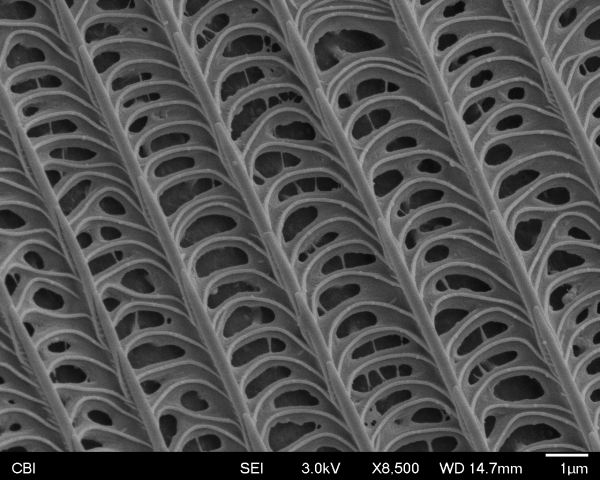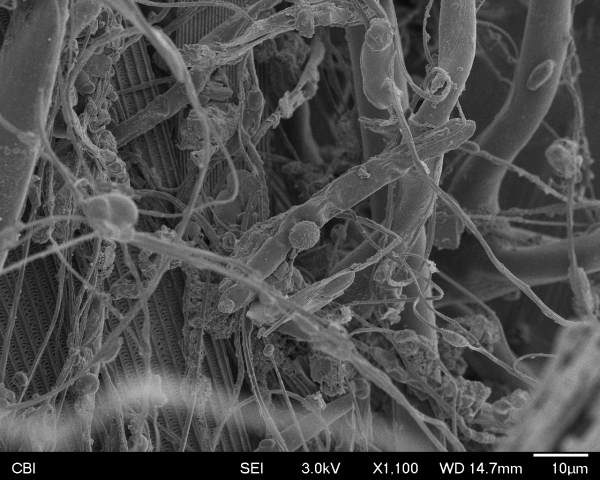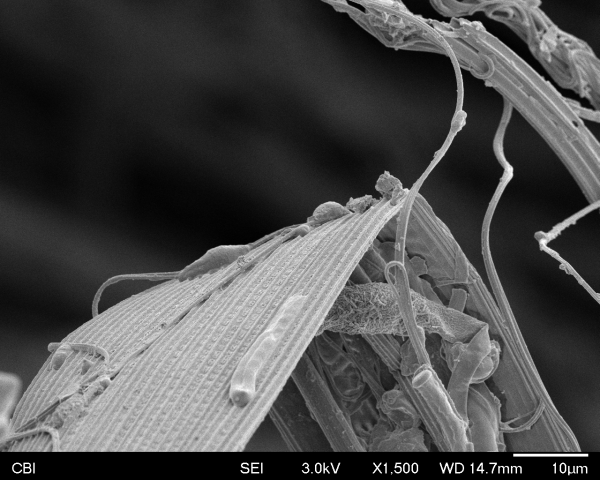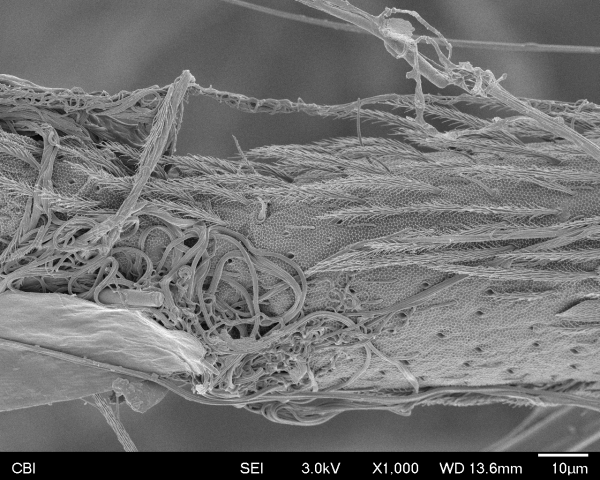I am a cheese obsessed, so for the SEM photography assignment, I decided to look closer to the secret life of a piece of brie cheese.
Brie is an off-white, soft-ripened cheese, usually made from cow’s milk that has a bloomy rind of white mold or ‘penicillium candidum,’ a fungus used in its fabrication along with a mesophilic lactic acid culture. Since brie is a very creamy cheese, I was pretty worried about the dryness of the sample before my appointment with Donna. Besides this, the brie cheese that comes to the US, though produced in France, is a stabilized version that has been aged at least 60 days and may not contain such a varied culture. Luckily, we discovered a slumberous community of life forms under the golden surface.

The close-up images show the branches of the fungus rising over a forest of spores. They are responsible for breaking down the fats and proteins of the dairy, causing the runny texture of the brie over time.
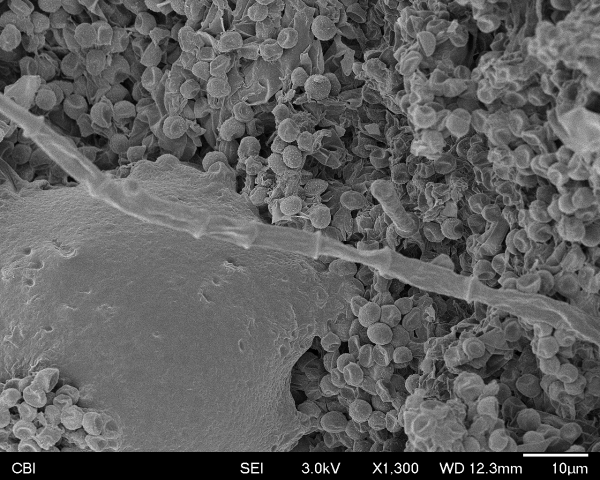
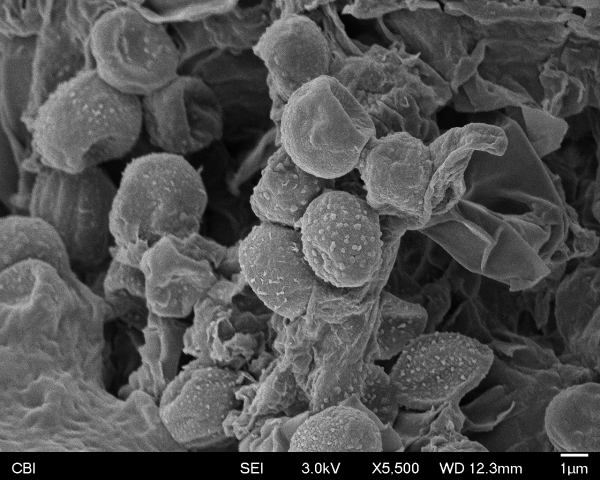
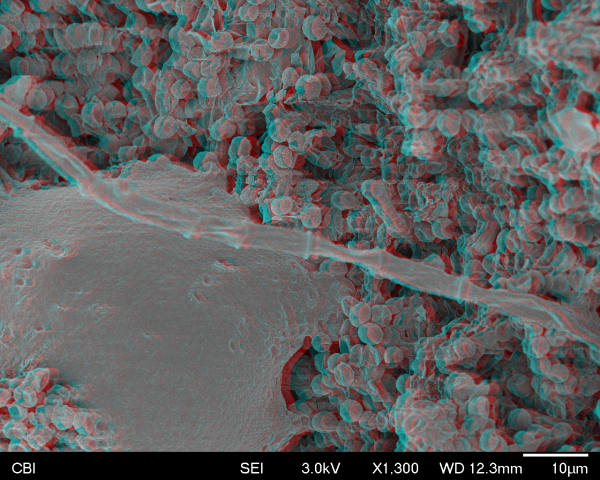
After photographing my sample, I had the privilege of analyzing the spider web sample that Donna found stuck to duct tape in her laboratory. I could not finish this post without sharing the treasures that we found there.
